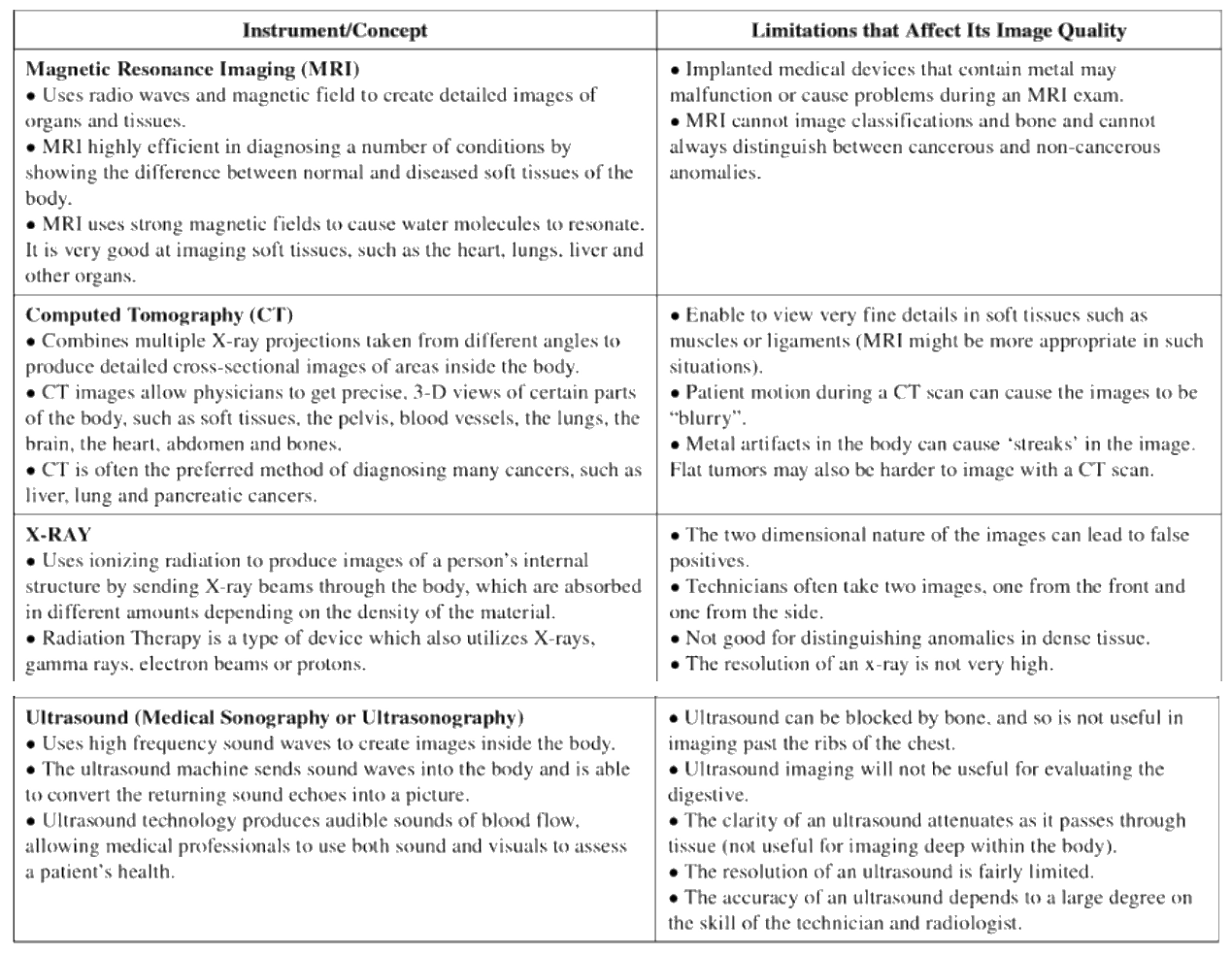
The job market is constantly changing. You need to learn new skills and find career opportunities that are relevant to the times. Here are some of the most popular and fastest-growing careers. These are the careers that are growing fast if you're still unsure. Other than the careers listed, there are other options. To get inspiration, check out the careers of some famous people.
Ambulance drivers
You might consider becoming an ambulance driver if you are interested in health care and want a rewarding career. This industry is expanding rapidly and employers are in desperate need of medical professionals. Ambulance drivers have one of the fastest job growth rates in the industry, with 13 percent projected job growth over the next few years. According to U.S. Bureau of Labor Statistics (USBoLS), there will be approximately 5,800 new jobs for ambulance drivers before 2018. California, New York, Pennsylvania, and California have the most available ambulance driver jobs. For qualified and skilled ambulance drivers, it is crucial to complete ambulance driver training.
The job requires strong judgment and good driving skills. Ambulance drivers must be able to react quickly to potential hazards and weather conditions. They should also be comfortable driving in traffic and changing roads safely. As part of their job, an ambulance driver may be required to lift varying sizes of patients. A driver of an ambulance may have to communicate verbally and with family members, patients, and medical professionals. They are often paid with challenging assignments and long hours.

Occupational therapy assistants
Occupational therapy assistants are in high demand. This career is growing in popularity. There are currently more than 31,000 available positions across the country. The number of OT roles is on the rise by more than 5% annually. There is a greater demand for occupational therapy therapists than ever before. Occupational therapy assistants earn up to $44,000 per year on average. This is higher than what you would find in other healthcare professions.
Occupational therapy assistants make up a broad range of medical professionals. Depending on their specialization, they can work in different settings. One day, an OTA might be working with children, the next with elderly patients. Occupational therapy assistants have the option to travel to other places in order to assist therapy programs. This flexible work schedule makes this profession an excellent option for individuals who enjoy traveling and being on the go. There are many benefits to becoming an OTA.
Statisticians
Traditional statistics jobs are still in demand but the field continues to expand. This has led to a greater demand for analytical skills and the ability combine multiple disciplines. Due to the explosion of internet, personal electronics, scientific instruments, e-business, and other technologies, the amount of data available for analysis is increasing. To make better decisions and improve the efficiency of an organization, statisticians are required.
Big data is gaining popularity and statistics are now being used in fields that were not traditionally based on it. Cassandra Wolos Pattanayak is the Guthman director at Wellesley College's Quantitative Analysis Institute. She graduated from Harvard University in 2011. The institute promotes statistics programming and supports researchers using quantitative tools to study lawyers. In a New York Times initiative, she also consults for law firms.

Financial advisors
As more people gain access to investing, demand for financial advisers is expected to grow. Millennials are more inclined to seek out professional services than they are to rely on lower-cost options. Baby boomers are also concerned about their retirement investments, so they are looking for financial advisors that can balance growth and risk. It is not easy to become a financial advisor. These are the main reasons that advisor careers are expanding.
First, financial advisers have the flexibility to choose the clients they serve. They can choose a wide variety of clients, or focus on one specific niche. It is easier for financial advisers to establish a client base, and to market themselves effectively, if they choose to focus on a specific area. Many financial advisers choose a niche because they enjoy the area they specialize in. You also get a high salary. Additionally, financial advisors can set their own work hours.
FAQ
What does the term "public" in public health mean?
Public Health refers to the preservation and enhancement of the health status of the community. Public Health is about preventing illness, injury, and disability; encouraging good health practices; ensuring adequate food; and controlling communicable disease, environmental hazards, behavioral risks, and other threats.
What should we know about health insurance
Keep track of any policy documents you have if your health insurance covers you. You should ensure you fully understand your plan. Ask questions whenever you are unclear. Ask your provider or customer service to clarify anything.
When you need to use your insurance, don't forget to take advantage your plan's deductible. Your deductible determines how much you have to pay before insurance will cover the rest.
What should I know regarding vaccines?
Vaccines can be very effective and safe ways to stay healthy. Vaccines provide immunity against certain diseases. Vaccinations are usually given at specific times during childhood, adolescence, and adulthood. Your doctor will advise you when it is best for you to be vaccinated.
What information should I have about immunizations
Immunization refers to the stimulation of an immune response to vaccines. The body produces antibodies (immunoglobulins), to protect itself against infection after receiving the vaccine.
What are the various types of insurance for health?
There are three types of insurance that cover health:
-
Private health insurance covers many of the costs associated to your medical care. This type of insurance is often purchased directly from private companies, so you pay monthly premiums.
-
Public health insurance covers most of the cost of medical care, but there are limits and restrictions on coverage. Public insurance covers only routine visits to doctors and hospitals, as well as labs, Xray facilities, dental offices and prescription drugs. It also does not cover certain preventive procedures.
-
You can use medical savings accounts (MSAs), to save money for future healthcare expenses. The funds are held in a special account that is separate from any other kind of account. Most employers offer MSA plans. These accounts are exempt from tax and earn interest at rates comparable to savings accounts.
What's the difference between a doctor, and a physician?
A doctor is someone who has completed their training and are licensed to practice medicine. A physician is a specialist in one type of medicine.
Statistics
- For instance, Chinese hospital charges tend toward 50% for drugs, another major percentage for equipment, and a small percentage for healthcare professional fees. (en.wikipedia.org)
- Price Increases, Aging Push Sector To 20 Percent Of Economy". (en.wikipedia.org)
- Healthcare Occupations PRINTER-FRIENDLY Employment in healthcare occupations is projected to grow 16 percent from 2020 to 2030, much faster than the average for all occupations, adding about 2.6 million new jobs. (bls.gov)
- For the most part, that's true—over 80 percent of patients are over the age of 65. (rasmussen.edu)
- Foreign investment in hospitals—up to 70% ownership- has been encouraged as an incentive for privatization. (en.wikipedia.org)
External Links
How To
What is the Healthcare Industry Value Chain
The healthcare industry value chains include all the activities involved with providing healthcare services. This includes the business processes within hospitals and clinics and the supply chains that connect them to other providers such as physicians, nurses, pharmacists, insurance companies, manufacturers, wholesalers, and distributors. The end result is a continuum of care that begins with diagnosis and ends with discharge.
The value chain consists of four major components.
-
Business processes - These are the tasks performed throughout the whole process of providing health care. A doctor might conduct an exam, prescribe medication and send a prescription to a pharmacy. Each step of the process must be completed accurately and efficiently.
-
Supply Chains are all the organizations responsible for making sure the right supplies reach their intended recipients at the right time. One hospital may have many suppliers. This includes pharmacies and lab testing facilities as well as imaging centers and janitorial staff.
-
Networked Organisations - This is a way to coordinate all the entities. Hospitals are often composed of many departments. Each department will have its own set office and telephone number. The central point will allow employees to get up-to-date information from any department.
-
Information Technology Systems - IT is critical in ensuring that business processes run smoothly. Without it things would quickly fall apart. IT also allows you to integrate new technologies in the system. Doctors can connect to a secure network connection in order to integrate electronic medical records into their workflow.